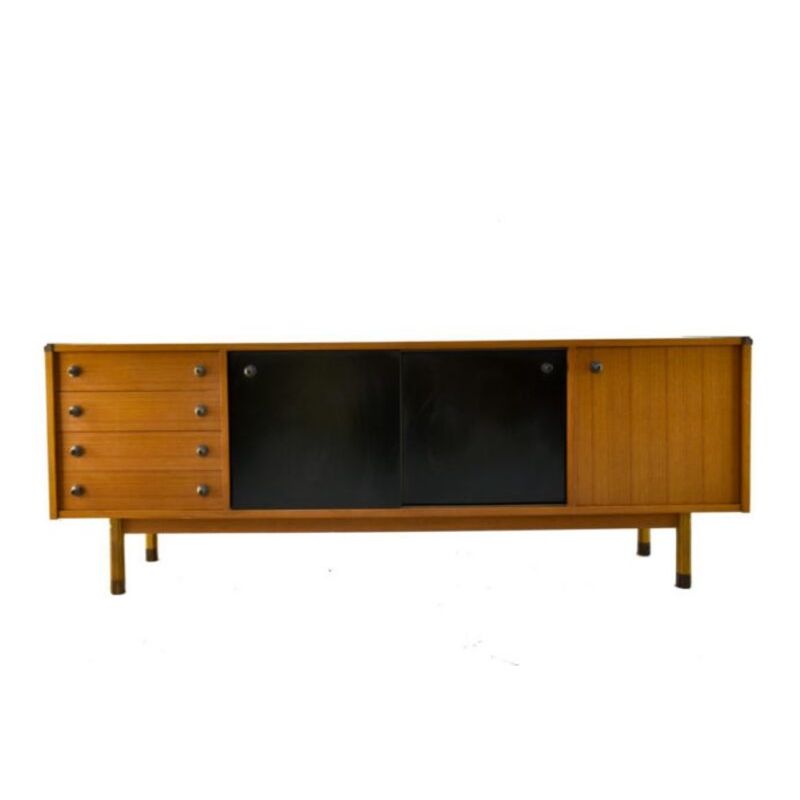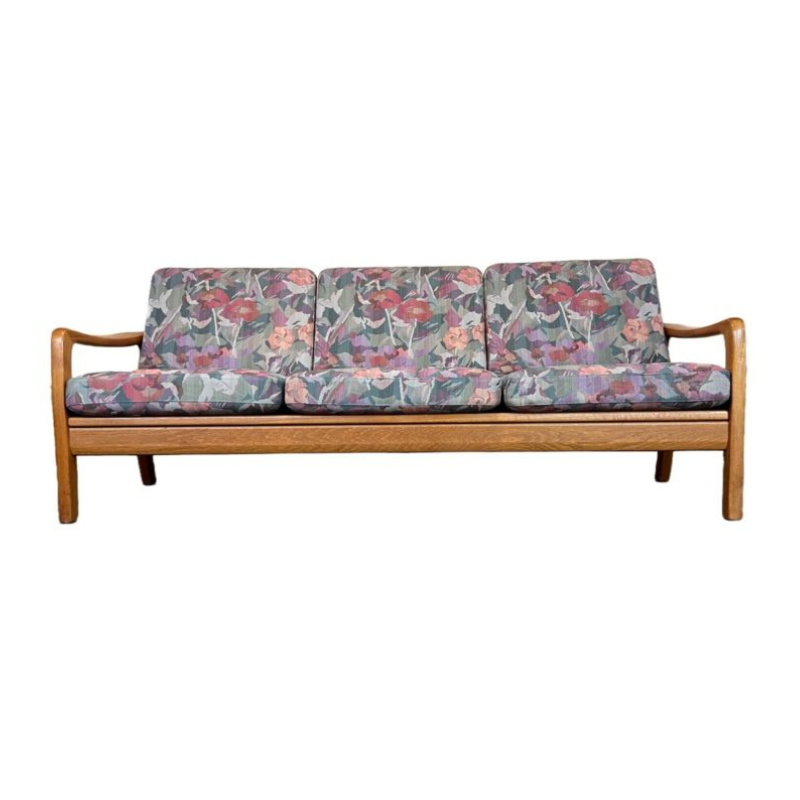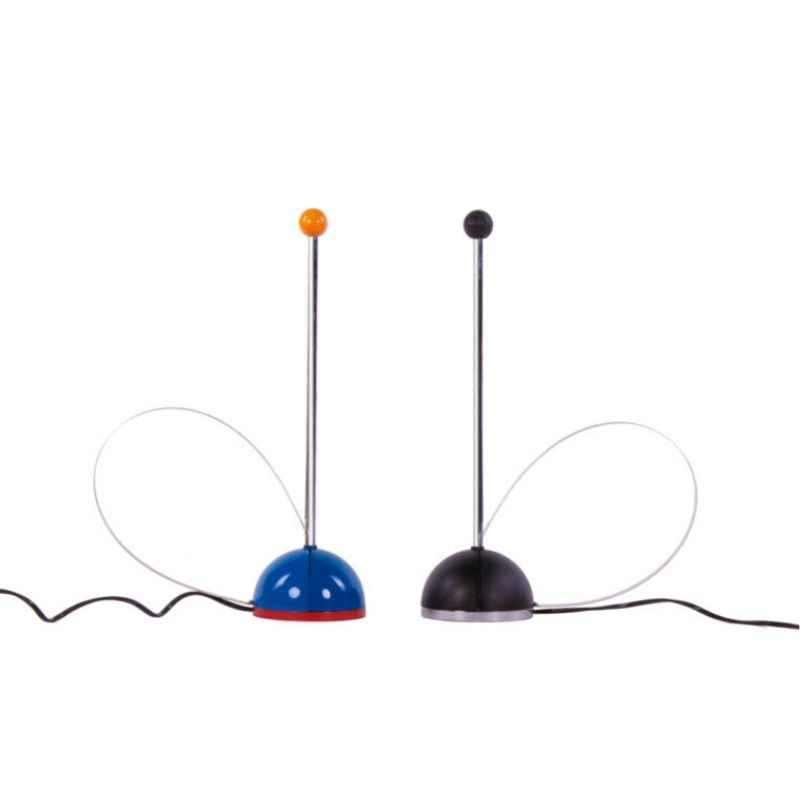Well, as far as I can tell...
Well, as far as I can tell "ornament" is derived from the french word "ornement" and decorate is derived from middle english word "decorat", but otherwize the two words appear to be synonyms. Could you provide a link to where he uses these "distinctive" terms?
Although I felt excluded...
by your appeal to "theorists", I have to agree with your observation. I suppose you refer to Witold Rybczynski's "home, A short story of an idea" Chapter 9 "austerity". Although some years have passed since I read it, I remember that I asked myself the same question. I must admit that I have never found the time to read the "complete" Adolf Loos, I have never seen that distinction in the "crime and ornament" or any of his other well published (and translated) texts. As a matter of fact the word decoration does not show up in my copy of "crime and ornament" (in "Programs and manifestoes on 20th-century architecture" by Ulrich Conrads by Verlag Ullstein, 1964 or MIT Press Cambridge,1970).
Of course we know that Loos, in spite of his manifesto used decoration or ornament on the in and outside of his buildings, but evnen in his manifesto he does not anticipate an ornament-free environment in the forseable future. He only expects it "...thousand years from now..". Often he compares ornament with a decease that will be eradicated over time. On the other hand he still makes a difference between ornament and ornament, but it is a very subtile one and as far as I know he never really made an effort to explain it further. After an avalanche of arguments against ornament, from the cultural ones (tatoes are for criminals) to the economic (ornament is a waist of time)somewhere toward the end of his manifesto he used the example of his shoemaker and the fact that the shoemaker finds joy and satisfaction in ornating the leather, a satisfaction that he would not want to take away....This seems to indicate that he makes a distinction between ornament as an added entity and ornament as a result of the making process. In swedish they have a word for that kind of ornament, it is called "snikare glädje" it litteraly means "woodworker's joy". That difference has of course been debated in crafts circles and is well documented but in Adolf Loos' case he tolerates this kind of ornamentr because the shoemaker has no access to other culture. As always he is quite specific and adds: "...because he can not go and listen to Beethoven's 9th..." That might have been the case in Austria before WW1, but it is hardly a logical argument. One of the fine examples of ornament as a result of superior production technology are of course the Thonet chairs. One would think that Loos would see this kind of ornament as very different from "applied" ornament and yet...he was very critical of Le Corbusier selecting the Thonet chairs for the Art Nouveau pavillion. Although some historians say that is judgement was tainted by his role as sales-agent for the sales of these chairs. He would have liked to sell much more expensive chairs and earn a higher commission
This being said I think that the more interesting discussions on ornament in the 20th century did not come from architects like Loos, but from people in Crafts....but than again I am not a theorist.
ornament: friend or foe
Thanks to both Koen and MrMercutio.
First let me say that I hope my flippant use of the word 'theorist' caused no offense; I am honestly trying to clarify own attitude toward certain design issues, one of which is ornament (or maybe just 'applied ornament' or "vain display").
As Koen points out, in _Home: A Short History of an Idea_ (1986), Rybczynski is unhappy with the snobbish crusading and lack of comfort that he associates with the International style, as well as with the 'conspicuously minimal' interiors popular in the 1980s (and, I suppose, still seen in magazine ads for Ligne Roset):
"He [Loos] was an opponent of ornament, but not of decoration, and the interiors of his [residential] cubes did not resemble the exteriors in the least." (page 199, _Home: A Short History of an Idea_)
OK, after re-reading, I think I get the point: Rybczynski is saying that Loos approved of comfortable, even lush INTERIOR decoration. And Rybczynski is, I guess, drawing the distinction between bringing a lot of comfortable stuff inside a building (which he calls 'decoration') and applying nonfunctional doodads to the outside of a building (which he calls 'ornament').
Interesting, but not helpful with my problem, which is this: How to defend my preference for bare walls and a few pieces of 'equipment' for sitting, dining, sleeping, vs. my spouse's need for what I can't help considering sentimental, nonfunctional trophies, ornaments, and keepsakes. Does this mean I have to (sob) compromise my snobbish minimalism? Is life actually more about accommodation than design?
And how can I defend my feeling that the shirt WITHOUT the little pony embroidered on it is more virtuous than the WITH the pony? I'm kidding, on one level, but I do have some emotional energy invested here.
Cheers, and thanks for the audience
🙂
But the form, the shape, of the object is also a sort of decoration. The entirely, natural, unprocessed bowl would be a fern leaf or two cupped hands. When you shape an object, even if you just hollow out a space in a stub so that you can carry water, you are decorating the object.
So, since minimalism is quite contrived in my opinion the whole movement is centered around decoration. The point is to remove decoration, and in that sense the reverse happens. The lack of decoration becomes more of a decoration than if the thing wasn't so thoroughly designed. 🙂
YES YES YES
Very important and very interesting difference.
We saw that in Theory of architecture.
TO PUT IT SIMPLE it is as dcwilson said:
ornament = decorative form with function
decoration = without an important function
But now, IT'S NOT SO SIMPLE to agree
When it's ornament and when not.
To complicate it a bit, a complicated example:
one could say that in baroque churches
The angels in the dome -with no technical function-
Have the very important function of marking the center of the dome.
For Borromini it could be very important. But others could not agree.
On the other hand the very very theorist do not agree if to use one word or the other (ornament or decoration) to say 'decorative with/without function'.
But to understand the concept:
TO PUT IT SIMPLE it is as dcwilson said:
ornament = decorative form with function
decoration = without an important function
Sorry Gustavo...
but there is no evidence that the "definitions" you are suggesting are based on the kind of consensus that is needed to give a word a particular definition. It is most unlikely that there is any coherence in the past use of both words that would support these meanings. If that is what you are learning in Architectural theory, there is a good french word for it it would be called "fumisterie" It refers to ideas you get when you smoke something really "strong"
Decoration does have a...
Decoration does have a function. Its function is to delight. I'm quite wary of the absolutism that some people in the design world express, whether it is in architecture or industrial design. This absolute denial of the worth of decoration is strange since human beings are subjective animals that evaluate everything according to how it looks feels and smells.
And again, the shape of a thing is a decoration as well. Just look at this example - and I think you'll agree that shape can be decoration. 🙂
http://www.galinsky.com/buildings/delftuniversitylibrary/
Delft library; different strokes
1. Thanks for library link:
Wow! another reason to visit the Netherlands!
2. Decoration, etc.:
Not only does the need vary from person to person,
but (in my case at least) inside the same person. "Delight" is a good word for the function of, (as I look around the room this morning) a vase of flowers, an aluminum briefcase, an oak floor, a chrome-and-leather chair, a wall of books, a stack of firewood. Some of them don't "need" to be here at all; others could be swapped for equivalent objects in other materials and shapes. I chose them because they look/feel good _to me_. My functional self would have a hard time convincing my touchy-feely self that the floor _should_ be concrete or rubber tile. Maybe my issue is less about rejecting ornament (which seems impossible) and more about resisting _somebody else's_ idea of ornament. For instance, I've taped over the glowing apple on the case of my Mac (no logos for me!), but I've nailed a huge tin Coca-Cola sign on my wall in lieu of a painting.
Thanks for listening.
Geo H wrote: "Not only does...
Geo H wrote: "Not only does the need vary from person to person"
Exactly. 🙂
What i resist is the notion of a uniform form language, I suppose. I'm quite schizophrenic when it comes to my tastes. I like clutter, but I also like minimalism. Could you designers design minimilast clutter, and I'd buy. Pluralism is an ideal of mine. That is why I can have quite stern- looking furniture, and at the same time serve food on say Alfredo Häberli's Origos. That's why I like my truly minimalist bathroom mirror, but enjoy feel really cozy standing on my flower power-like bathroom rug. Minimalism as one aspect of a complete home with clutter... that's me. 🙂
If you need any help, please contact us at – info@designaddict.com









